Glenfarne Secures JERA Deal, Reviving Alaska’s Long-Stalled LNG Project
Input
Changed
U.S. Glenpan, Leading AKLNG, Signs LNG Supply Deal with Japan’s JERA Just Months Ago, Asian Participation Remained Uncertain Taiwan and Japan Prioritize Practical Gains over Project Risks
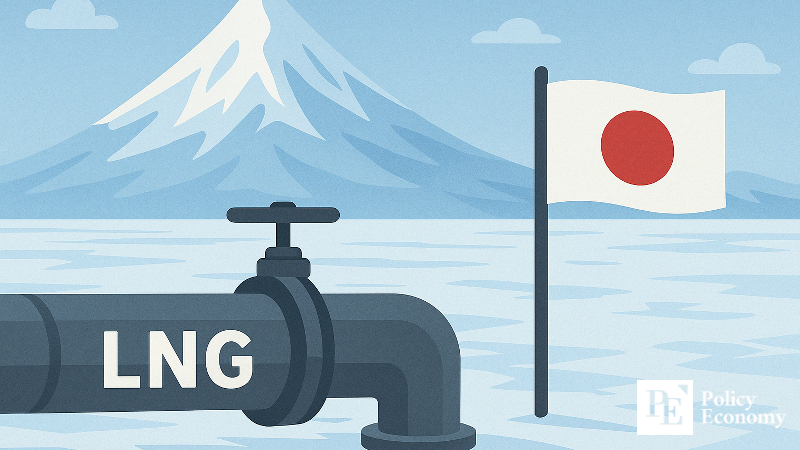
Glenfarne, the U.S. energy developer leading the Alaska LNG export project (AKLNG), has signed a major liquefied natural gas (LNG) supply agreement with JERA, Japan’s largest power company. Japan, which had previously hesitated to participate in the AKLNG project, has now shifted course and stepped in more directly. The move is seen as a strategic decision to bolster energy security by securing additional supply sources.
AKLNG at a Turning Point
On the 10th, Glenfarne announced in a press release that JERA had signed a letter of intent to import 1 million tons of Alaska LNG annually for 20 years under a Free-on-Board (FOB) contract, where the exporter is responsible for all costs and customs clearance until loading. Glenfarne has been steering the project since acquiring a 75% stake in AKLNG in March this year.
The Alaska LNG project envisions building an 800-mile (about 1,287 km) pipeline from Alaska’s northern oil fields down to Nikiski in the south, enabling the export of locally produced natural gas to Asia. Glenfarne plans to reach a final investment decision (FID) on the pipeline by late 2025, and on LNG export infrastructure by 2026.
The market has taken note of how swiftly the long-stalled Alaska LNG project has gained momentum. Until the first half of this year, the project had virtually no foreign investment. Taiwan—considered a potential key customer—remained noncommittal despite not ruling out cooperation. When Alaska Governor Mike Dunleavy visited Taiwan in April and met with President Lai Ching-te, discussions on energy cooperation led only to an undisclosed, non-binding letter of intent, without concrete results.
Why Asia Hesitated on AKLNG
Japan, too, initially showed no interest in investing in AKLNG. When President Donald Trump floated the idea of Japan joining the project last February, the Alaska Gasline Development Corporation (AGDC), the project’s main operator, told the U.S. Senate Energy and Natural Resources Committee that “there is no formal joint venture with Japan.” The Japan Times also reported that the Japanese government had made no decision to participate in the pipeline, while Osaka Gas stated it had “no plans to increase U.S. LNG purchases for the time being.”
This cautious stance across Asia stemmed from the project’s heavy uncertainties. The Alaska state government projected that AKLNG could lower East Asia’s LNG supply price to about $6.7 per MMBtu, but many observers warned the final cost would likely be higher once all variables were factored in. With such large upfront capital requirements, the project offered little incentive for investors. Even global giants like ExxonMobil had previously pulled out, citing concerns about profitability.
Political instability further compounded the risks. U.S. policy on Alaskan resource development has swung sharply with each change of administration. Since commercial production from AKLNG is not expected to begin until around **2030—after Trump’s term ends—**any shift in leadership before then could significantly raise the risks borne by partner countries.
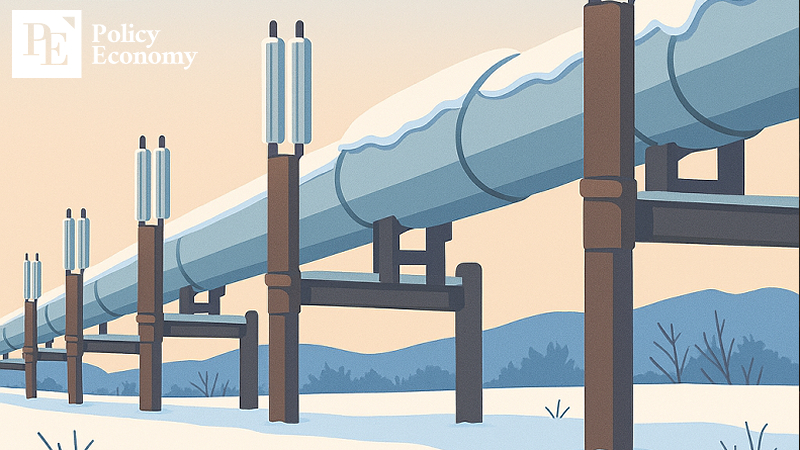
Shift Driven by Practical Gains
The dynamics around AKLNG have shifted in recent months as Asian countries began prioritizing practical benefits over perceived risks. Last month, Taiwan’s Taipei Times reported that Alaska Governor Mike Dunleavy was close to finalizing a deal for an annual LNG supply contract amounting to 5.44 million tons, with the governor himself calling it “virtually certain” and noting that a 6-million-ton offtake would be the largest in LNG sales history.
Taiwan’s decision was motivated by both economic and strategic considerations. By importing Alaska LNG, Taipei could reduce its trade surplus with the U.S., thereby lowering trade-related risks, while also enhancing the efficiency of its energy trade. Central News Agency Taiwan highlighted that Alaska LNG could be shipped directly without passing through the Panama Canal, cutting both transport time and costs, while simultaneously boosting energy security.
Japan, for its part, is believed to have begun feasibility reviews of AKLNG around June, when tariff negotiations with Washington were still underway. Industry sources revealed that Tokyo had commissioned Wood Mackenzie to conduct a feasibility study—a move suggesting preparations started months earlier.
Japan’s reversal is largely interpreted as a strategic step to secure stable LNG supply lines. The country has long advanced resource projects under the so-called “Hinomaru” strategy, which involves aligning government and private-sector efforts in overseas energy ventures. A prime example is Japan’s co-participation in Russia’s Sakhalin-2 Project, ensuring a reliable gas supply chain. As one market analyst noted, “Japan approaches overseas resource development not just as a buyer, but by engaging from the development stage itself, raising the share of autonomous resource control and strengthening energy security. Japan’s entry into the Alaska LNG project is highly likely driven by the same strategic framework.”





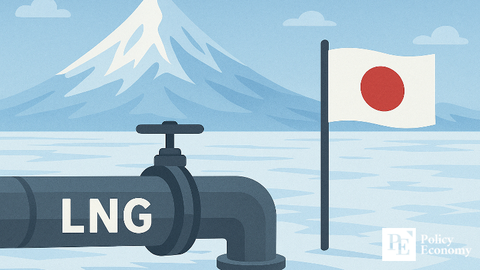
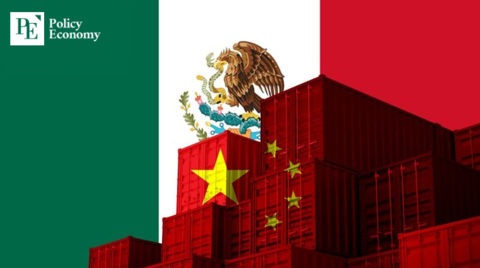

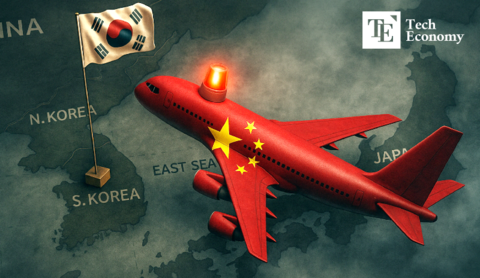
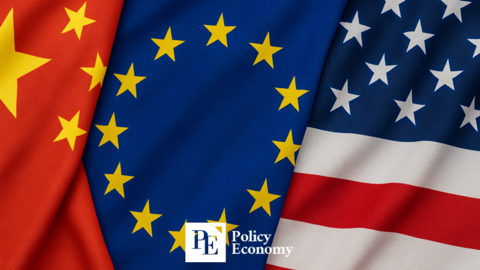












Comment